Tackling ocean microplastics with optimism and collaboration
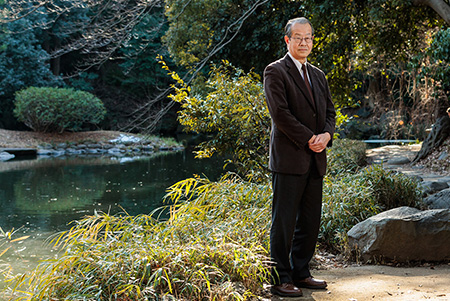
Professor Yutaka Michida of the Atmosphere and Ocean Research Institute, currently chairperson of the Intergovernmental Oceanographic Commission of UNESCO following his election to the biennium post in 2023 and special presidential envoy for the U.N. Ocean Decade beginning in April 2024, talks about his work and new directions in ocean microplastics.
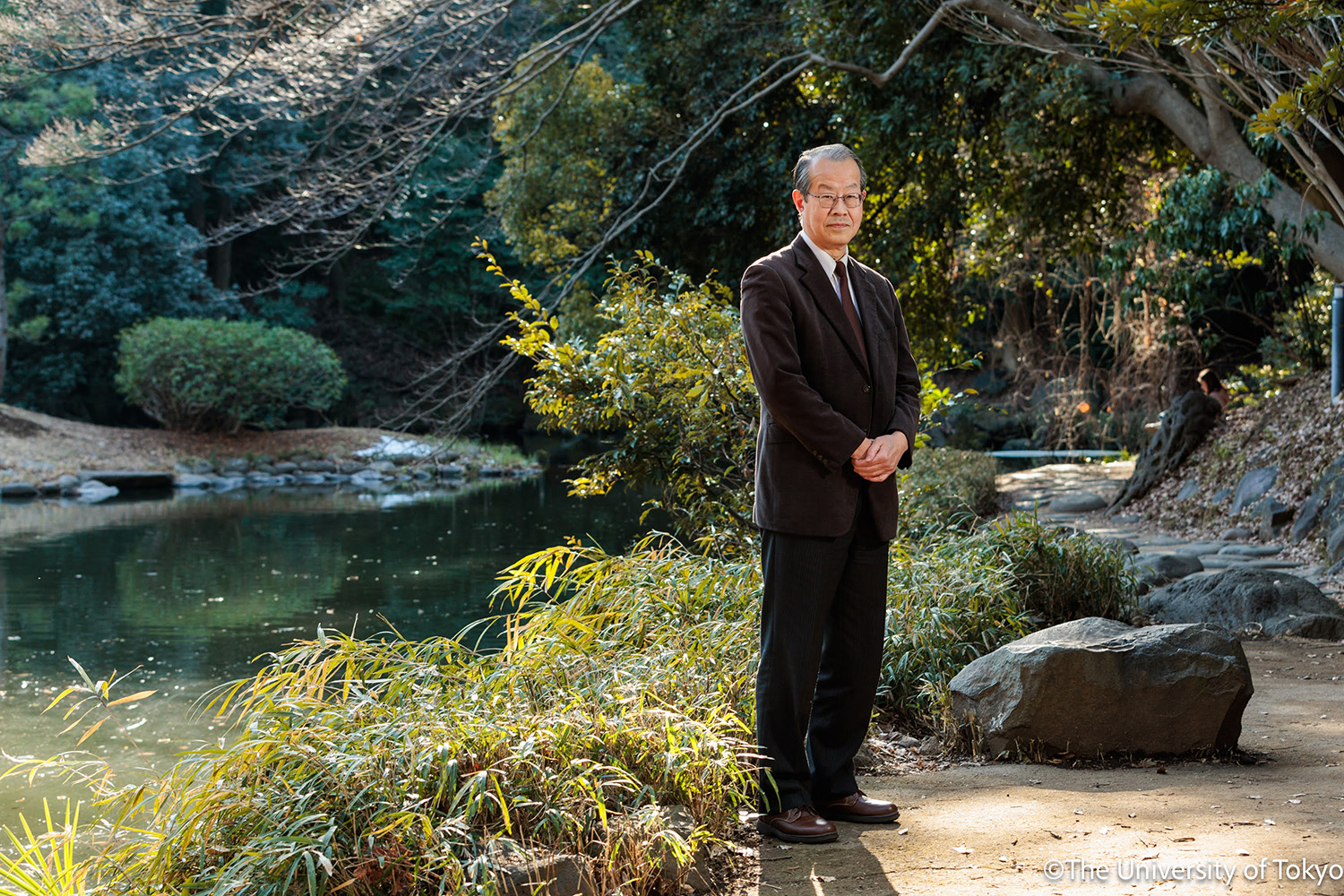
From the vast ocean to minuscule microplastics
── What inspired you to become involved in ocean research?
I was born in the city of Hiroshima in western Japan. The coastline there is very beautiful and as a child I enjoyed watching the waves. At university, while studying meteorology, I took a short course in oceanography. I found the study of ocean circulation to be so much fun that I went on to do my master’s in physical oceanography. Later, I joined the Japan Coast Guard, and for 16 years, used my knowledge of ocean currents to help with search and rescue efforts, before becoming part of the Ocean Research Institute — now Atmosphere and Ocean Research Institute (AORI) — at the University of Tokyo in 2000.
As a researcher, I have been involved in many different projects, from monitoring seasonal sea changes to developing tsunami early warning systems. Over time, I became curious about the worldwide movement of plastic in the ocean, particularly along coastlines, and after the G-7 Summit of major industrial nations in 2015, the issue suddenly became part of the global agenda.
I currently lead the FSI Marine Litter Countermeasure Project, a research project between the Nippon Foundation and the University of Tokyo. Initially, I declined the opportunity because I didn’t see myself as enough of an expert in plastics to take on the role. However, I was encouraged by then-Professor Atsushi Tsuda, who is now executive vice president of the University of Tokyo. He highlighted the transdisciplinary nature of the plastics issue and the advantage my uncommon background working in both academia and government brings. My past experiences mean that I can understand the perspectives of both researchers and policymakers, and I want to bring their skills together to work on the shared challenge of marine microplastics.
── How is the marine litter project progressing?
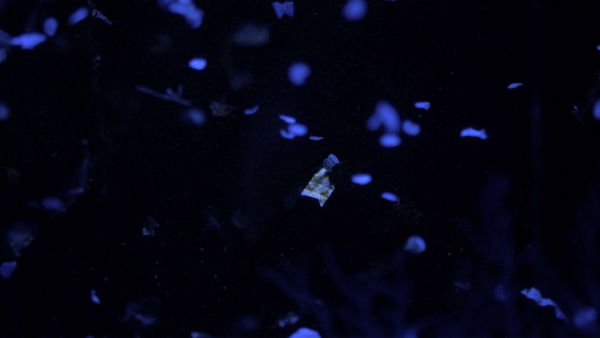
© BlackBoxGuild/ Envato Elements
We are getting so many useful results! The project kicked off in 2019 and consists of three stages: two related to natural science, and the third to social sciences, such as policymaking and public behaviors. Although microplastics are defined as plastic smaller than 5 millimeters, our projects focus on microplastics smaller than 1 millimeter, because there are so many unknowns regarding the behavior at this scale. Our main mission is to provide an interdisciplinary and science-based risk assessment of the issue, and the second phase is due to be completed in 2025.
To give examples of some of our research, one question we had was why the observed density of small microplastics on the surface of the sea is so much less than expected. We considered that some natural process might be causing them to sink to the seafloor. One of the leading scientists on the project, Professor Hiroshi Ogawa of AORI, investigated and found a connection to phytoplankton (microscopic, single-celled organisms that live in water). The phytoplankton generate a sort of sticky liquid which catches the microplastic particles and drags them down. We didn’t know that before and it raises new questions about what effect this may be having on the marine life that feed on these particles.
Another study used around 20,000 seawater samples. This “library” had originally been collected over a 70-year period for a plankton survey by Japan’s National Research Institute of Fisheries Science. Surprisingly, they were not thrown away after use, so it is quite a rare collection. The samples provided Professor Kazutaka Takahashi of UTokyo’s Graduate School of Agricultural and Life Sciences, who led the study, with a physical and visible historical record of how ocean plastic pollution changed over those seven decades. He is now preparing a paper to share these very important results, which we hope to publish within a year.
New concerns circulating about microplastics
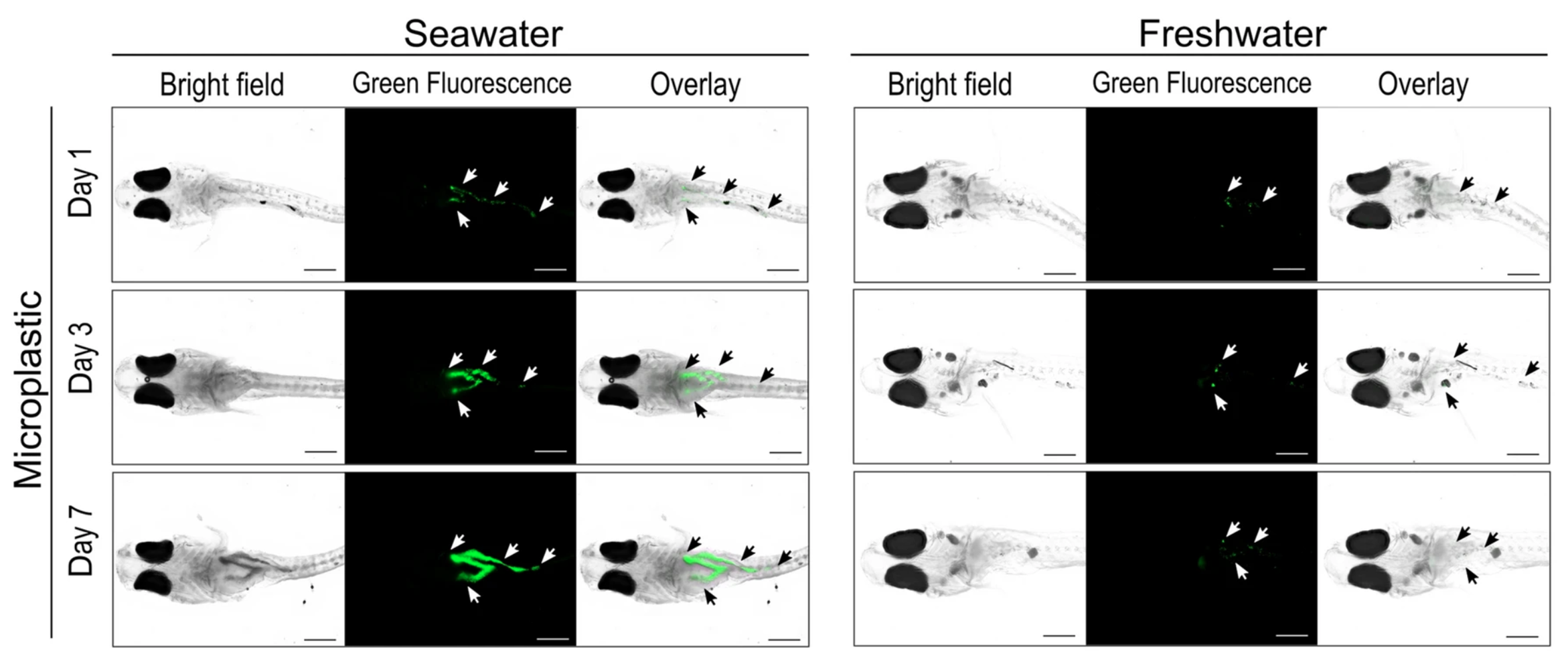
── What will researchers be focusing on next?
We want to understand what risks microplastics might pose to human health, as well as to the health of the environment. If microplastics are dangerous for people, we need to develop more strict countermeasures and solutions. We have some ideas but not enough direct evidence yet. You can imagine that this is a relatively new material for the global ecosystem. We have many other natural sources of small particles, like volcanic dust or soil. So the question is whether there is a difference in the effect of microplastics compared to natural particles, and if so, what?
If microplastics are harmful to fish and other marine species, we need to protect those organisms and avoid further entry of the material into the aquatic environment. A study in 2023, led by then-AORI doctoral student Hilda Mardiana Pratiwi, found that saltwater rice fish ingested more microplastics than freshwater rice fish. It’s surprising to think that fish consume different amounts of water, but saltwater fish drink more to help them maintain their internal salt-water balance. Freshwater fish drink less as they also absorb water by osmosis. This could have a knock-on effect for the rest of the food chain that eat fish, including us.
If microplastics can pass through our digestive system quickly and safely, then perhaps it’s not so much of an issue. However, if small particles or chemicals are absorbed into our bodies, they might accumulate and cause concern. For me, it was shocking to find out that we already have some evidence of this. But we don’t have a good assessment of the risk of such accumulation. During a person’s lifetime, there might be no problem. But if in a few decades the microplastic density in nature is higher, the risk might increase. While research groups work on modeling what might happen and carry out risk assessments, we should all start to reduce our use of plastic products where we can.
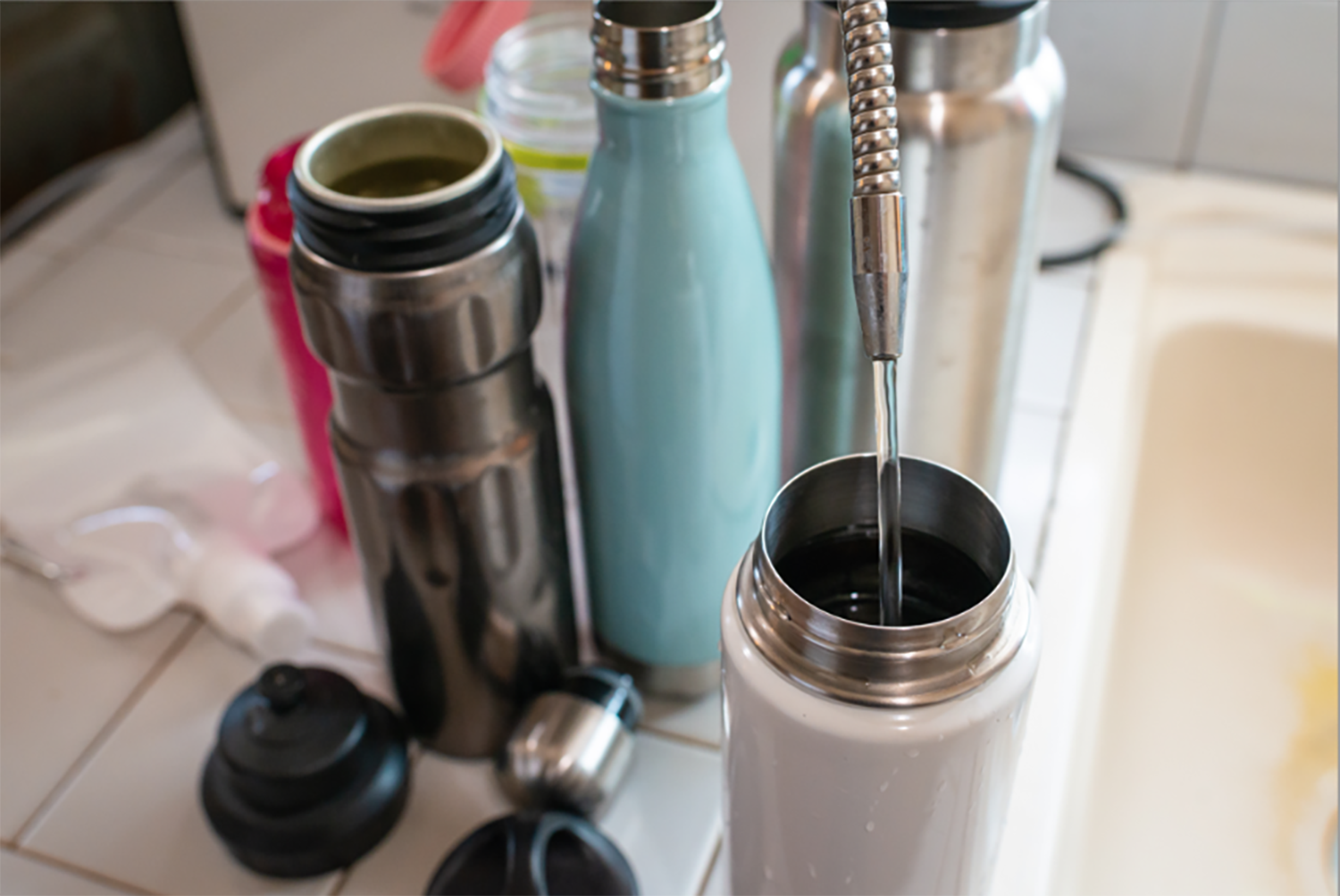
© naokawa/ Envato Elements
── Can we go back to a life without plastic?
I think it is difficult to imagine life without plastic now. In some situations, plastic has become seemingly essential. For example, in medical care, it can support patient health, or after disasters, enable the delivery of safe drinking water. In other cases, we don’t currently have other available options. There are no real alternatives at present to rubber tires. Tires are designed for braking, which creates small particles of rubber, in other words, microplastics. Plastic is also already so prevalent in the environment that it would be virtually impossible for us to collect it all.
Biodegradable plastics are sometimes proposed as an alternative to fossil-based. However, not all biodegradable plastics are created the same. In the process of breaking down into carbon dioxide and water, some intermediate products may arise, including microplastics or plastic chemicals. Some bioplastics also take longer to degrade than others, which is good for limiting CO2 emissions now, but the overall risk may end up being the same.
It is worth considering nonplastic alternatives for common daily-use products. For example, using refillable water bottles instead of one-use, and choosing natural-fiber clothes instead of synthetic. However, it’s not just about providing more plastic alternatives; it’s also about helping people make informed choices. The media can really help with public attitudes. Opinion leaders and celebrities are quite influential and have platforms where they can raise awareness. The key points I want to convey are that we should minimize plastic use where we can, make sure it is collected afterwards, and dispose of it correctly, so that microplastics don’t end up in nature.
Working together to create a sea change in microplastics
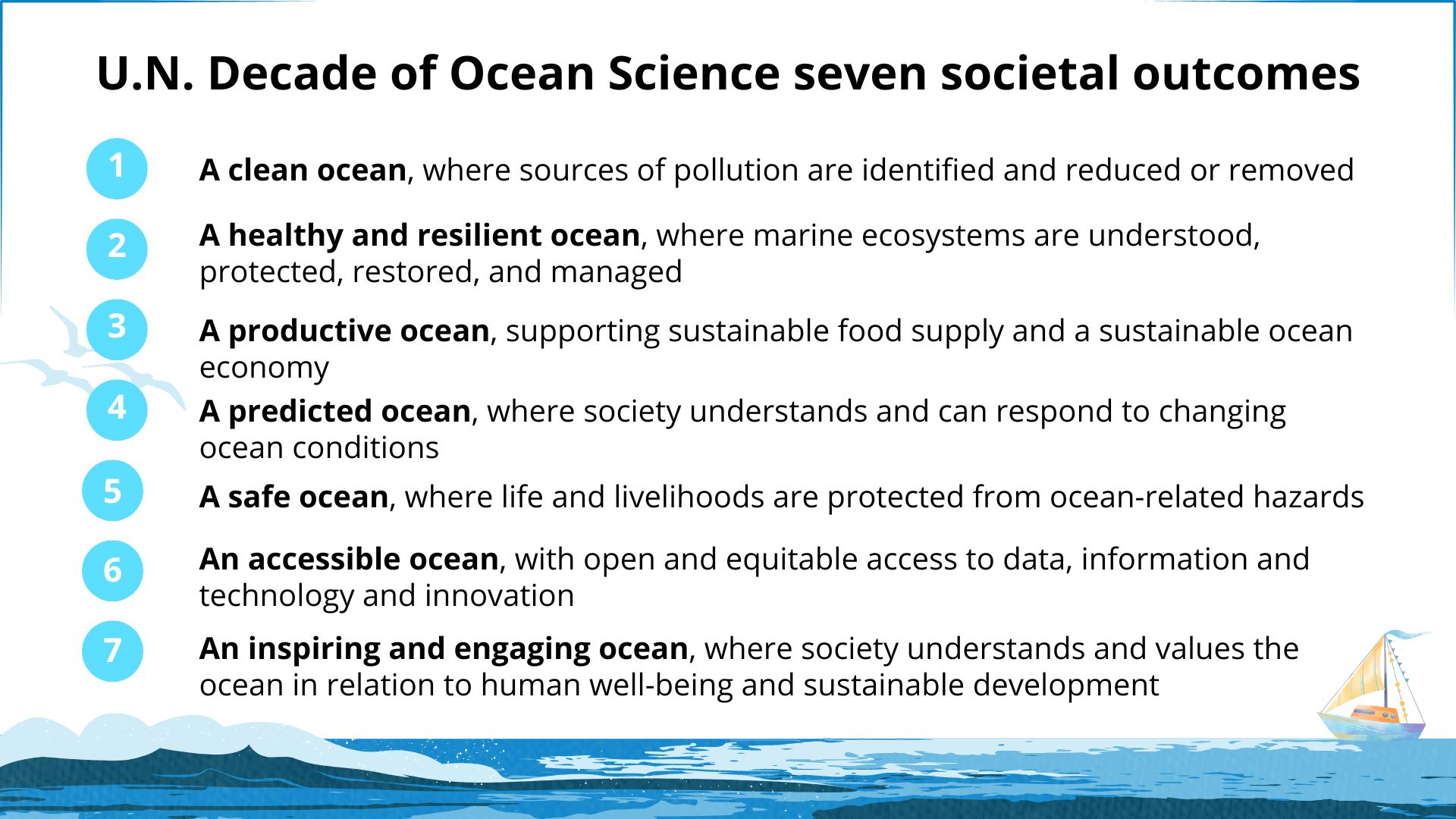
── What broader initiatives to tackle ocean microplastics are you involved in as chairperson of the Intergovernmental Oceanographic Commission (IOC)?
The IOC is a key player in the U.N. Decade of Ocean Science, a global initiative which was launched in 2021. The initiative targets seven areas of concern, including ocean pollution, sustainability and safety. The original plan only had six targets, but at the very final stage, we added “an inspiring and engaging ocean” because we want to have an impact beyond the project’s end date in 2030. How can we involve the next generation in tackling problems like microplastic pollution? By inspiring them! We want to engage not only specialists, but governments, the media and the public. This challenge includes everyone, so having good communicators who can act as bridges between different people with different backgrounds is also very important.
Another important aim of the Ocean Decade is to engage local people and Indigenous communities. Working together to co-design solutions to microplastic and other ocean-related concerns is vital for us. We are figuring out how we can build relationships and apply their knowledge in a responsible way. I believe that Japan can contribute a lot in this case, because we have a long history of fishing. But Japanese society is rapidly aging, and these long-standing, local fishing villages are dwindling, so we need to hurry up.
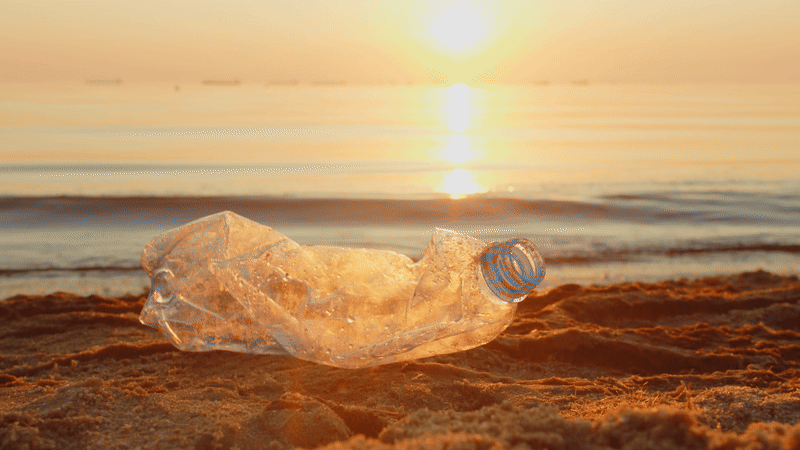
© Oleksandrworldstudio/ Envato Elements
── What is your outlook on the future of this global challenge?
I am optimistic. At least a bit. We have seen that society is capable of change much more quickly than we might expect. For example, the attitude towards smoking in public and in general is completely different nowadays compared to 20 years ago.
There are so many international organizations and individuals, both within and outside the framework of the United Nations and the IOC, who are working on this issue. We are taking a transdisciplinary approach, bringing many different experts together to tackle many related issues. For example, the U.N. has a discussion group called the Joint Group of Experts on the Scientific Aspects of Marine Environmental Protection. It is a key group not only for microplastics, but also for macroplastics, oil pollution, chemical pollution and more, from a scientific and marine policy perspective. Around 10 U.N. organizations send experts who participate and collaborate.
I think a key takeaway is that everyone can and needs to do something. I have been working in this field for over 40 years, and the next generations are now bringing new ideas, which is great! I would like to say to everyone that you are the key person. Maybe someone will find a way to go 100% plastic-free. That is very commendable, but also very difficult. However, if 1,000 people try to reduce their plastic use by just 1% or 10%, it can have a big effect. I always suggest that people just do what they can. You don’t have to be perfect; just by doing one thing, you can help to save the world.
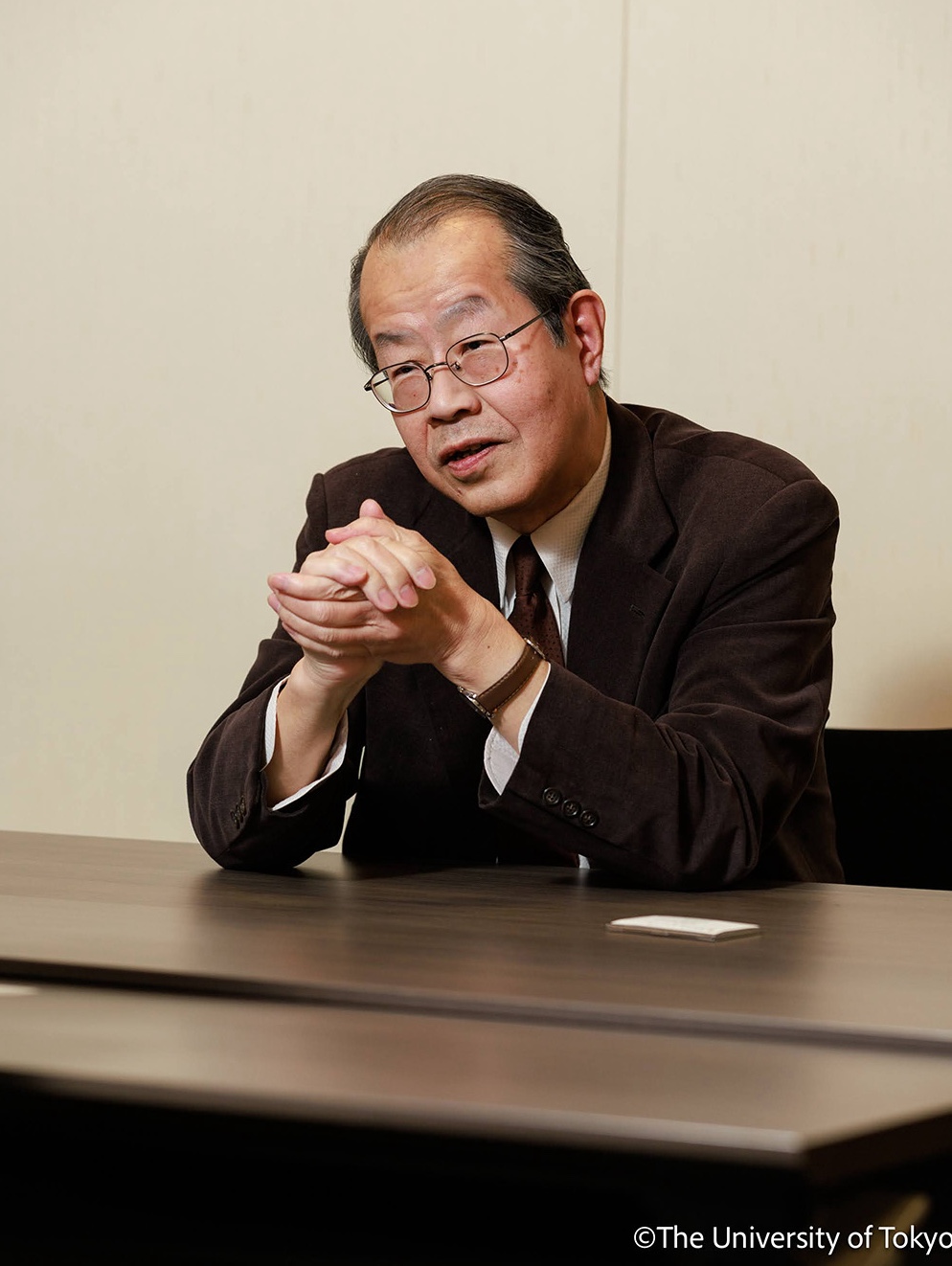
Yutaka Michida
Professor, Atmosphere and Ocean Research Institute and Special Presidential Envoy for the U.N. Ocean Decade
Current chairperson of the UNESCO Intergovernmental Oceanographic Commission, until June 2025. Appointed University of Tokyo special presidential envoy for the U.N. Ocean Decade from April 2024. Former professor and vice director of the Atmosphere and Ocean Research Institute (AORI), and director of the Center for International Collaboration at AORI until March 2024.
Recipient of the Japanese Prime Minister’s Award for contributions to promoting Japan as a maritime nation (2015); IOC-WESTPAC Outstanding Scientist Award (2015); certificate of appreciation from the commandant of the Japan Coast Guard (2016); IOC-IODE Achievement Award (2019); and Techno-Ocean Award (2023).
Interview date: February 3, 2024
Interview: Nicola Burghall
Related links
- The University of Tokyo FSI – Nippon Foundation Research Project on Marine Plastics

- Atmosphere and Ocean Research Institute, The University of Tokyo

- United Nations Decade of Ocean Science for Sustainable Development

- Intergovernmental Oceanographic Commission

- “Euryhaline fish larvae ingest more microplastic particles in seawater than in freshwater” Pratiwi, H.M., Takagi, T., Rusni, S. et al. (2023)

- Joint Group of Experts on the Scientific Aspects of Marine Environmental Protection






